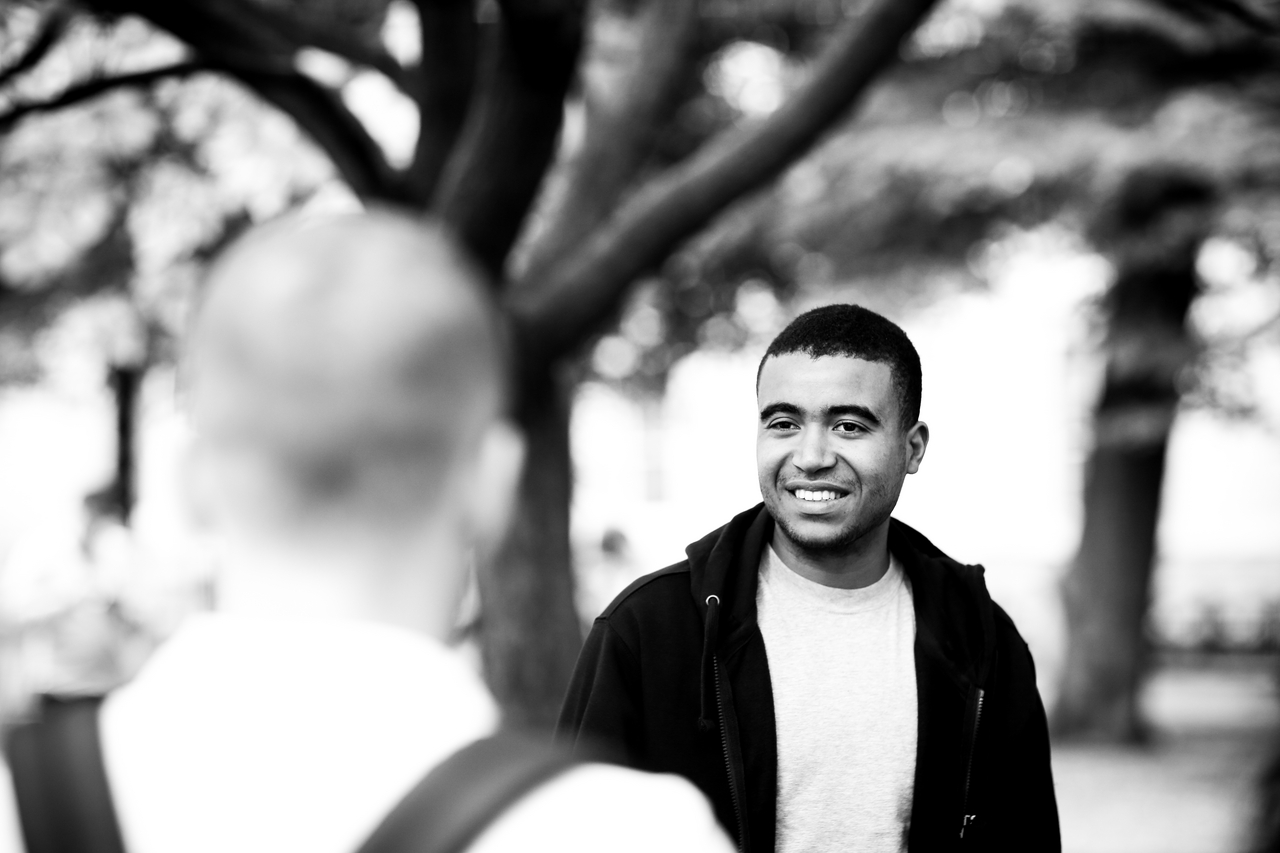We are just over halfway through Black History Month so we at the Union thought it was about time you heard from some of the key players in what is one of our most exciting and thought-provoking periods.
The first up is Moise Mbarga-Abega, the photographer who produced the artwork that can be seen currently in the South Cloisters of the Wilkins building.

What does BHM mean to you?
It was not until I arrived at UCL last year that I found out about Black History Month as it is not something that is celebrated in France, where I come from. Charmaine Simpson, who chaired a Q and A session following the screening of the Angela Davis documentary, 'Portrait of a Revolutionary' put it well when she said that the month is about ‘adding the missing pages to world history’.
I think Black History Month is of the utmost importance because it is a month that is dedicated to educating, transmitting and sharing what black culture is about in all its diversity. It is quite important to me because I believe that with my mixed background (West Indian and West African), I have a duty to educate myself about all the issues faced by the community and I want to raise awareness. I put emphasis on the word education because I think hatred is more likely to stem from ignorance rather than reason, thus education is a key step in this process. BHM is the month when black people reshape the narrative and clear out the noise. That is crucial because who is more entitled to talk about black people than black people?
What is the inspiration behind your photos?
The inspiration behind my pictures is really diverse. On a day-to-day basis, I go through a lot of material whether it is visual content or articles. I think my latest significant inspirations were Spike Lee’s last movie: BlacKkKlansman, Beyoncé’s latest, politically heavy album Lemonade, the Windrush scandal, Donald Glover and the African Instagram community. Moreover, while documenting myself for my project I came across a lot of information regarding the British Black Panthers and I believe that it gave me more perspective for what the project would end up being. I also reflected upon the stereotypes associated with black people whether it is crime, aggressiveness or natural hair and looked at how I could debunk them. Essentially, my creative process has been about documenting myself, thinking about all the things that influence me as a photographer and mixing it up with new ideas that came along the way.
Do you have a highlight of BHM so far?
The screening of Angela’s Davis documentary: Portrait of a Revolutionary was my highlight of BHM in addition to the discussion that followed it led by Charmaine Simpson.
An official opening of the exhibition will take place on Friday 19 October a 17:00. There will be refreshments and an introduction from Moise - all welcome!